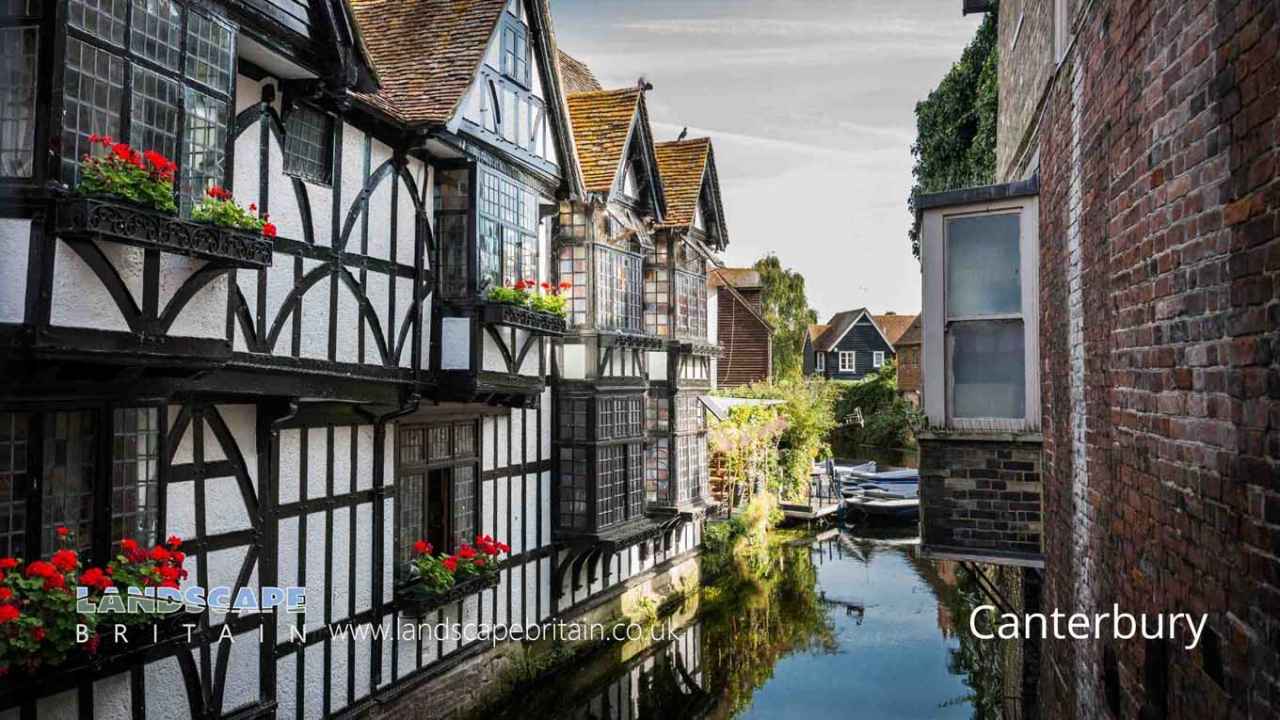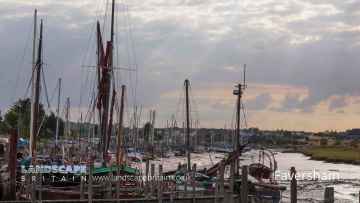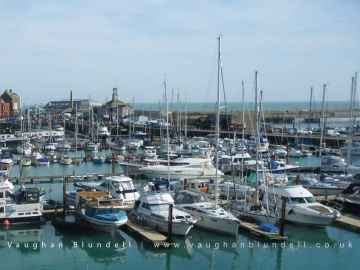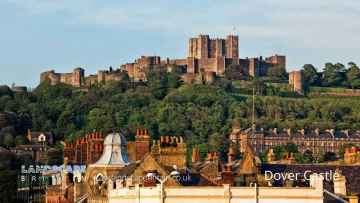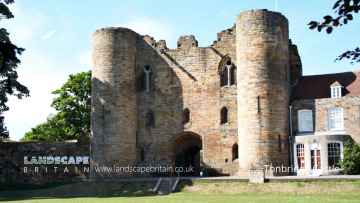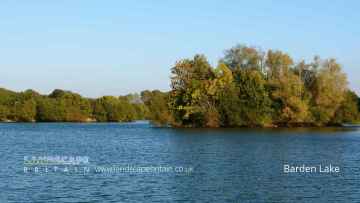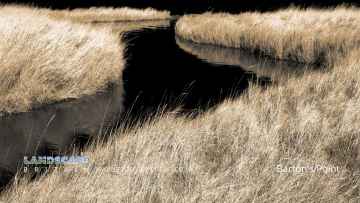Canterbury is a City in the county of Kent.
Canterbury is a historic, cathedral city in Kent. Canterbury is a popular tourist destination and boasts many well-known historical sights such as Canterbury Cathedral.
Famously a site of pilgrimages Canterbury is well-known from The Canterbury Tales, a collection of stories written in Middle English (the predominant literary language in England from approximately 1300 to 1500 AD) by Geoffrey Chaucer (c1342-1400).
Canterbury is also a popular place for business, home to the University of Kent, Canterbury Christ Church University and Canterbury Technical College.
Canterbury has been occupied from Neolithic times (the Mesolithic or Middle Stone Age being c10500 BC - c4000 BC) as evidenced by archaeological finds in Canterbury such as flint arrowheads and Bronze Age artefacts. Canterbury is thought to take its name from the Brythonic Cair Ceint meaning ‘Fort or City of the Legion’ which was its Roman name, probably due to it being a fortress during the invasion of Britain in AD 43.
There are great places to visit near Canterbury including some great towns, historic buildings, beaches, parks, museums, castles, shopping centres, cities, ruins, country parks, lakes, coastal parks and airports.
The area around Canterbury boasts some of the best towns including Faversham, Broadstairs, St Peter's, Ramsgate, Chatham, Margate, and Dover.
Don't miss Nuckell's Alsmshouses, The Old Curiosity Shop, The Palace Cinema, Clock Tower Broadstairs, The Look Out House, Bleak House, and Home for Smack Boys's historic buildings if visiting the area around Canterbury.
The area around Canterbury features a number of interesting beaches including Viking Bay, and Dumpton Gap.
Victoria Gardens is one of Canterbury's best, nearby parks to visit in Canterbury.
There are a several good museums in the area around Canterbury like Ramsgate Maritime Museum.
Dover Castle, Rochester Castle, Leeds Castle, and Tonbridge Castle are great places to visit near Canterbury if you like castles.
Royal Victoria Place, and Bluewater Shopping Centre are great places to visit near Canterbury if you like shopping centres.
Canterbury is a great place to visit close to Canterbury if you like cities.
There are a number of ruins near to Canterbury including Tonbridge Castle.
Canterbury's best nearby country parks can be found at Haysden Country Park, and Barton's Point Coastal Park.
Lakes to visit near Canterbury include Barden Lake.
There are a several good coastal parks in the area around Canterbury like Barton's Point Coastal Park.
Lydd Airport is one of Canterbury's best, nearby airports to visit in Canterbury.
Canterbury History
There are some historic monuments around Canterbury:
Places to see near Canterbury
Etymology of Canterbury
The Roman settlement of Durovernum Cantiacorum (“Kentish Durovernum”) occupied the location of an earlier British town whose ancient British name has been reconstructed as *Durou̯ernon (“stronghold by the alder grove”), although the name is sometimes supposed to have derived from various British names for the Stour. (Medieval variants of the Roman name include Dorobernia and Dorovernia.) In Sub-Roman Britain, it was known in Old Welsh as Cair Ceint (“stronghold of Kent”). Occupied by the Jutes, it became known in Old English as Cantwareburh (“stronghold of the Kentish men”), which developed into the present name.
History of Canterbury
In 842 and 851, Canterbury suffered great loss of life during Danish raids. In 978, Archbishop Dunstan refounded the abbey built by Augustine, and named it St Augustine’s Abbey. The Siege of Canterbury saw a large Viking army besiege Canterbury in 1011, culminating in the city being pillaged and the eventual murder of Archbishop Alphege in 19 April 1012. Remembering the destruction caused by the Danes, the inhabitants of Canterbury did not resist William the Conqueror’s invasion in 1066. William immediately ordered a wooden motte-and-bailey castle to be built by the Roman city wall. In the early 12th century, the castle was rebuilt with stone. After the murder of the Archbishop Thomas Becket at the cathedral in 1170, Canterbury became one of the most notable towns in Europe, as pilgrims from all parts of Christendom came to visit his shrine. This pilgrimage provided the framework for Geoffrey Chaucer’s 14th-century collection of stories, The Canterbury Tales. Canterbury Castle was captured by the French Prince Louis during his 1215 invasion of England, before the death of John caused his English supporters to desert his cause and support the young Henry III. Canterbury is associated with several saints from this period who lived in Canterbury:












